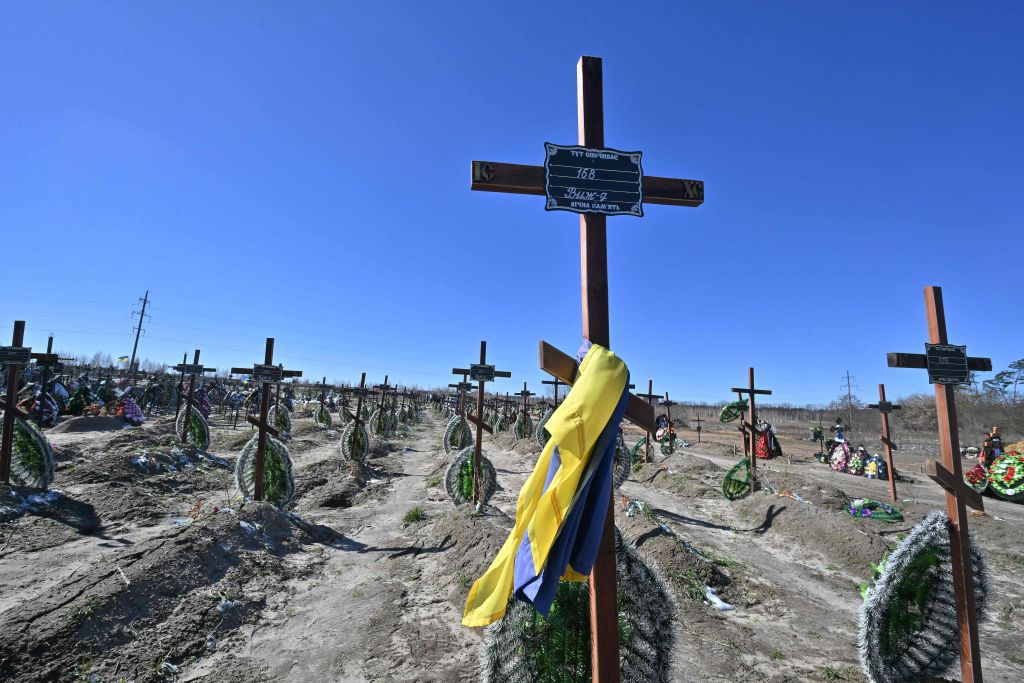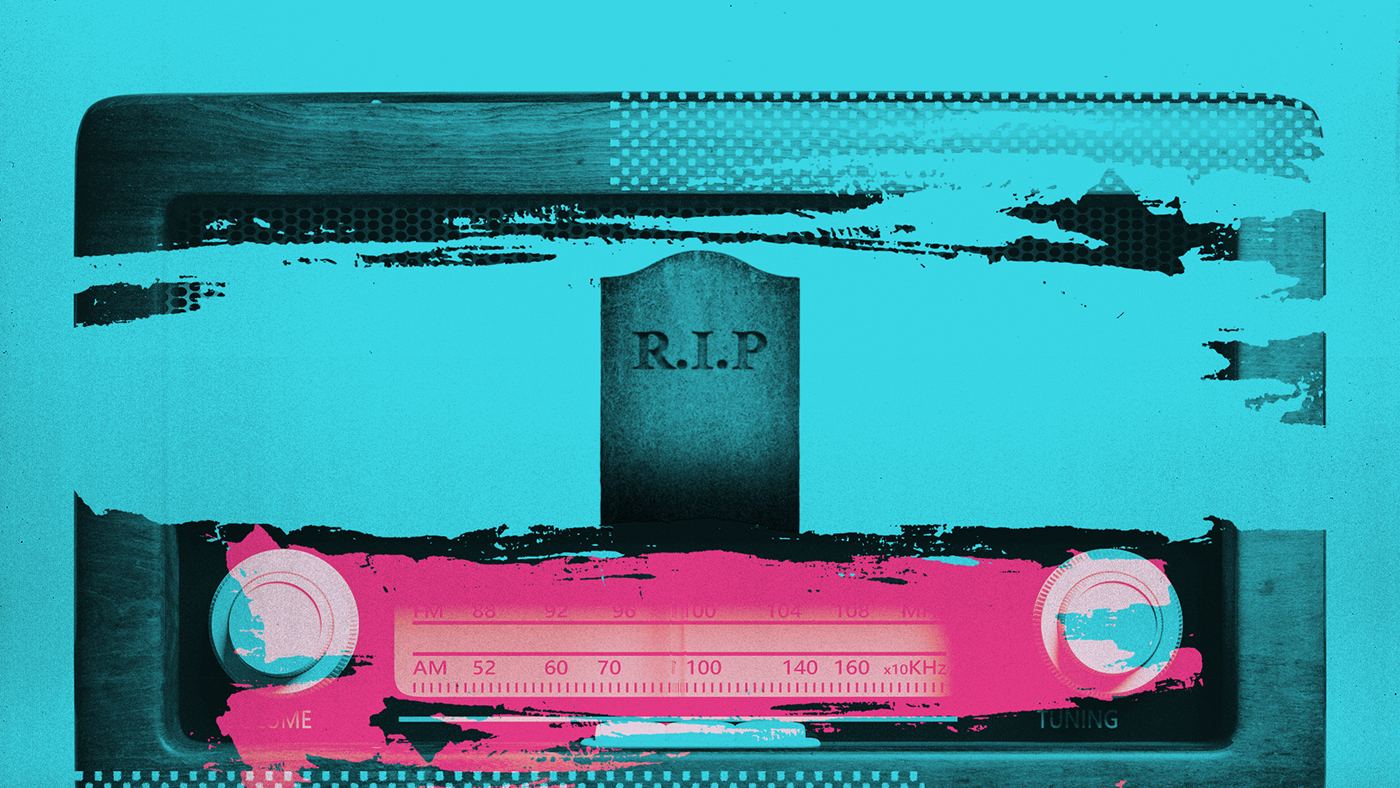The 15-minute city
How an influential urban planning concept spread globally — and inspired a conspiracy theory

Here's everything you need to know about an influential urban planning concept that spread globally — and inspired a conspiracy theory:
What is the 15-minute city?
It's the urban planning concept that everything city residents need should be a short walk or bike ride away — about 15 minutes from home to work, shopping, entertainment, restaurants, schools, parks, and health care. Proponents argue that 15-minute cities are healthier for residents and the environment, creating cohesive mini-communities, bolstering local businesses, and encouraging people to get outside, walk, and cycle. The idea has roots going back decades, but Carlos Moreno, an urbanist based in Paris, started honing the theory's current iteration in 2010. "The rhythm of the city should follow humans, not cars," he said. "Neighborhoods should be designed so that we can live, work, and thrive in them without having to constantly commute elsewhere." The pandemic and remote work gave the idea a major boost, and more than 100 mayors worldwide have embraced it — at least in theory. But in both the U.S. and U.K. the walkable city has caused a major backlash on the rght, and Moreno is now being barraged by death threats. "I have become Public Enemy No. 1," he sighs.
What are the objections?
Libertarians and conspiracy theorists view the 15-minute city as an insidious attempt by socialists and environmental extremists to take away people's cars, independence, and individual freedom. They portray walkable neighborhoods as the first step in a "Great Reset" of society in which driving will be stigmatized and punished and people's movements will be restricted and monitored. "The idea that idiot tyrannical bureaucrats can decide by fiat where you're 'allowed' to drive," said Canadian psychologist and right-wing culture warrior Jordan Peterson, is "part of a well-documented plan" by "wannabe authoritarians."
The Week
Escape your echo chamber. Get the facts behind the news, plus analysis from multiple perspectives.

Sign up for The Week's Free Newsletters
From our morning news briefing to a weekly Good News Newsletter, get the best of The Week delivered directly to your inbox.
From our morning news briefing to a weekly Good News Newsletter, get the best of The Week delivered directly to your inbox.
Do 15-minute cities already exist?
Many cities across Europe offer approximations of the idea, but Paris has become its poster child. Mayor Anne Hidalgo has sought to combat climate change by decreasing choking traffic in the streets and fuel emissions. In 2015, Paris was 17th on the list of bike-friendly cities; by 2019, it was eighth. Car ownership, meanwhile, dropped from 60 percent of households in 2001 to 35 percent in 2019. The 15-minute city figured largely in Hidalgo's successful 2020 reelection campaign. The idea has also gained traction in the U.S. In 2010, Portland, Oregon, created a plan for 20-minute neighborhoods based on the premise that everyone should live within a half-mile of schools, parks, and grocery stores. Four years later, the mayor of Detroit outlined a plan for 20-minute neighborhoods. But until recently, the concept remained little known outside of urban planning circles.
What changed?
The pandemic sparked renewed thinking about how we live. In July 2020, the C40 Cities Climate Leadership Group, a network of almost 100 mayors around the world, released an agenda for building more just and sustainable cities; last year, C40's executive director wrote that "any city where a private vehicle is necessary to get around is likely to be fundamentally unequal." In the first year of the pandemic, many cities, including American metropolises like New York, closed certain streets to cars and expanded bike lines and outdoor dining. Milan added 22 miles of bike lanes, while Montreal announced it would add over 180 miles of temporary pedestrian and cycling paths.
How feasible is this idea?
It clearly won't work everywhere: Not every city is as centralized and walkable as Paris. Sprawling, car-dominated cities like Los Angeles and Phoenix would be hard-pressed to provide everything people need within walking distance. In addition, some urban planners argue that the 15-minute city could increase the segregation of neighborhoods by income and race. Each neighborhood would become "an enclave — a ghetto," said Harvard urban economist Edward Glaeser. Neighborhoods equipped with all the amenities required by the 15-minute city also tend to have high housing costs and wealthier residents.
What is the concept's future?
Despite some resistance, the basic principles behind the 15-minute city are influencing planning in cities around the world, including Melbourne, Barcelona, Buenos Aires, Singapore, and Shanghai. Toronto-based urban designer and thinker Jay Pitter says that "top down" government promotion of the "walkability" idea is bound to generate strong opposition, but holds promise as a guiding principle that local leaders can apply in zoning, planning, and other decisions. Despite what conspiracy theorists think, Moreno says, cities where basic needs are within walking distance create more individual freedom than needing to drive everywhere. "In a city of proximity in which services are always close by," he says, "mobility is a choice: You go where you want because you want to, not because you have to. My fight is not against the car. My fight is how we could improve the quality of life."
A free daily email with the biggest news stories of the day – and the best features from TheWeek.com
The pandemic's lasting impact
One of the most dramatic changes the pandemic brought was the growth of remote work. Instead of commuting to bustling business districts, many people began working from home — and suddenly, their immediate surroundings became much more important. From 2020 to 2021, LinkedIn job postings for remote work rose 457 percent. Meanwhile, public transit usage dropped: In New York City, average weekly subway and bus ridership was still under 70 percent of pre-pandemic levels in summer 2022. In Chicago, Boston, Los Angeles, and Washington, D.C., subway and bus service hasn't yet returned to pre-pandemic levels. Some remote workers decided to move away from cities altogether, but those who stayed began to rethink where they wanted to live based on neighborhood feel and amenities. This seemingly new idea is actually a return to how cities used to be organized, says Arlington County Planning Commission member Daniel Weir. "Once upon a time, in living memory for our grandparents, every city in America was a 15-minute city," he says. "Sometime after the war, we got the idea that cities were about highways and cars, and people had to make way." But cities "are for people, not cars," he said. "When you're getting your needs met walking, the air is healthier, people are healthier, people know each other...people feel safer and they're more involved."
This article was first published in the latest issue of The Week magazine. If you want to read more like it, you can try six risk-free issues of the magazine here.
-
 US citizens are carrying passports amid ICE fears
US citizens are carrying passports amid ICE fearsThe Explainer ‘You do what you have to do to avoid problems,’ one person told The Guardian
-
 All roads to Ukraine-Russia peace run through Donetsk
All roads to Ukraine-Russia peace run through DonetskIN THE SPOTLIGHT Volodymyr Zelenskyy is floating a major concession on one of the thorniest issues in the complex negotiations between Ukraine and Russia
-
 Why is Trump killing off clean energy?
Why is Trump killing off clean energy?Today's Big Question The president halts offshore wind farm construction
-
 Is the 'vibecession' over?
Is the 'vibecession' over?Speed Read The IMF reported that the global economy is looking increasingly resilient. Is it time to start celebrating?
-
 The U.S. veterinarian shortage crisis
The U.S. veterinarian shortage crisisSpeed Read With an anticipated shortage of 15,000 vets by 2030, it will be harder to get care for pets
-
 Inside Russia's war crimes
Inside Russia's war crimesSpeed Read Occupying forces in Ukraine are accused of horrific atrocities. Can they be held accountable?
-
 Is it safe to ride a roller coaster?
Is it safe to ride a roller coaster?The Explainer A pair of startling events have shined a light on amusement park safety
-
 World leaders who have been charged or imprisoned
World leaders who have been charged or imprisonedThe Explainer Heads of state being put behind bars is not a rare occurrence
-
 The China-Cuba connection, explained
The China-Cuba connection, explainedSpeed Read Reports of an eavesdropping deal roil Washington
-
 The future of AM radio in the US
The future of AM radio in the USSpeed Read Automakers that have removed AM radios from new electric vehicles are facing pushback from broadcasters and politicians
-
 The persistent inequities of Covid-related learning loss
The persistent inequities of Covid-related learning lossSpeed Read The pandemic set a generation of students back in their education. Can they catch up?